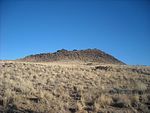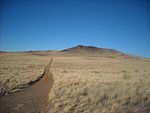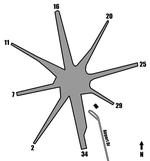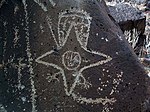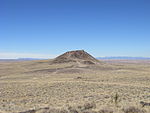KABQ-FM

KABQ-FM (95.1 FM) is a commercial radio station located in Corrales, New Mexico, United States, broadcasting to the Albuquerque area. It broadcasts at full power from a tower atop Nine Mile Hill west of Albuquerque, with studios located in Northeast Albuquerque and is owned by iHeartMedia, Inc. (formerly Clear Channel Communications). KABQ-FM airs a rhythmic oldies format branded as "Hot 95.1" featuring Hip hop, R&B, and some dance-pop from the 1980s-2000's. The format started on January 2, 2014, on translator K265CA (100.9 FM), branded as "Hot 100.9". On November 3, 2014, the format moved to the then-KLQT. The station was jockless for the first year, but now features former A Lighter Shade of Brown member "ODM" in morning drive and local personality Janae Martinez in afternoon drive. KABQ-FM broadcasts in HD.
Excerpt from the Wikipedia article KABQ-FM (License: CC BY-SA 3.0, Authors, Images).KABQ-FM
140th Street Southwest,
Geographical coordinates (GPS) Address Nearby Places Show on map
Geographical coordinates (GPS)
| Latitude | Longitude |
|---|---|
| N 35.068 ° | E -106.78 ° |
Address
140th Street Southwest
140th Street Southwest
87121
New Mexico, United States
Open on Google Maps


